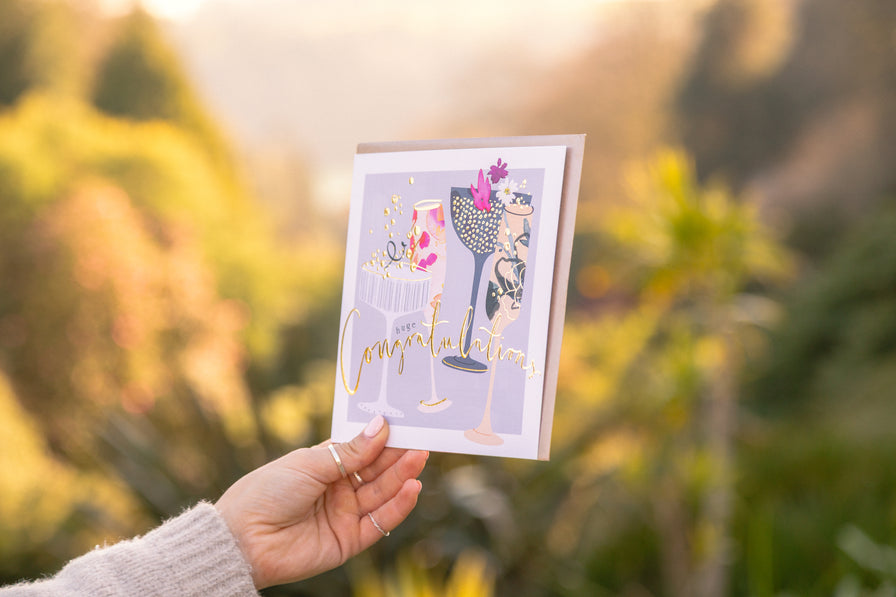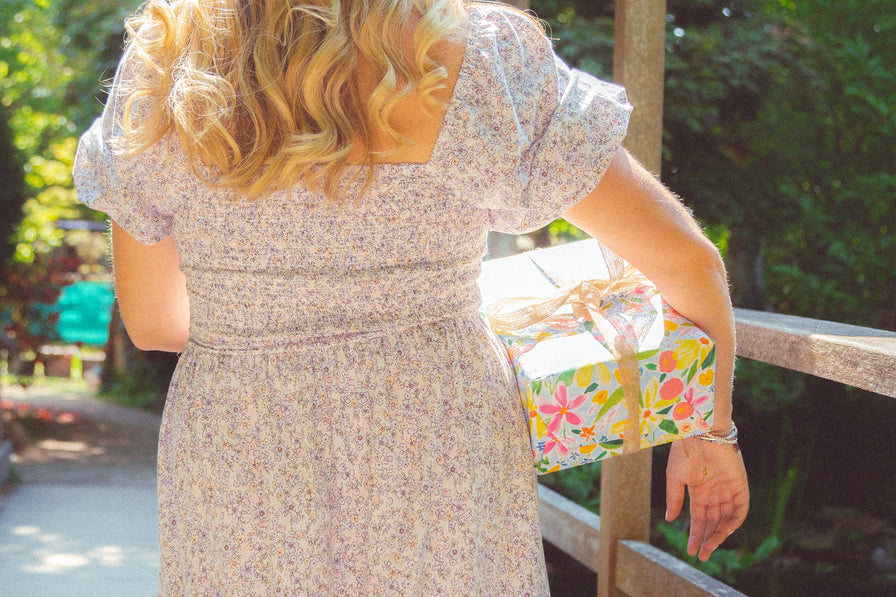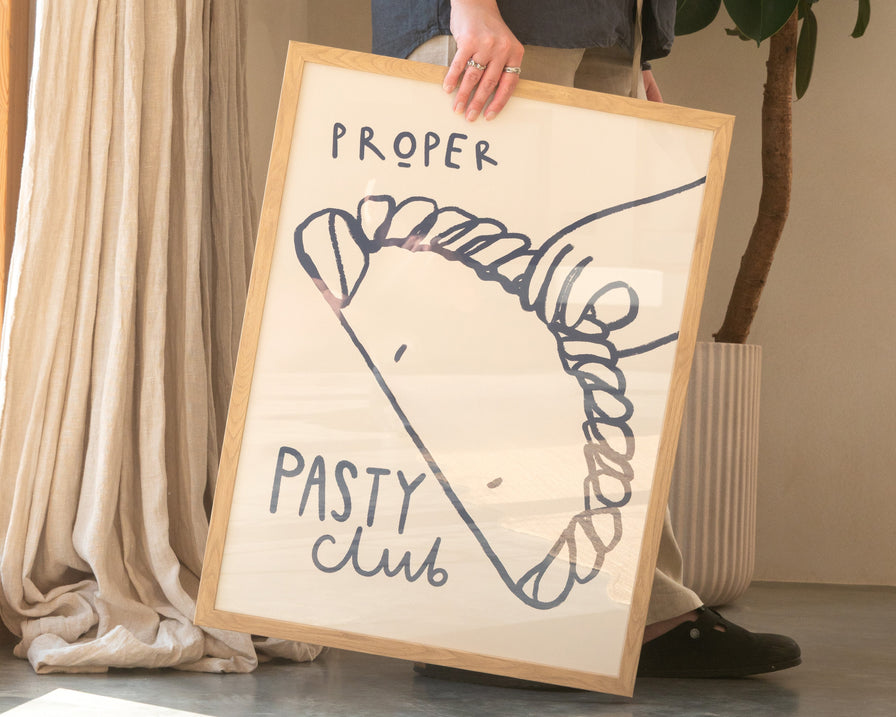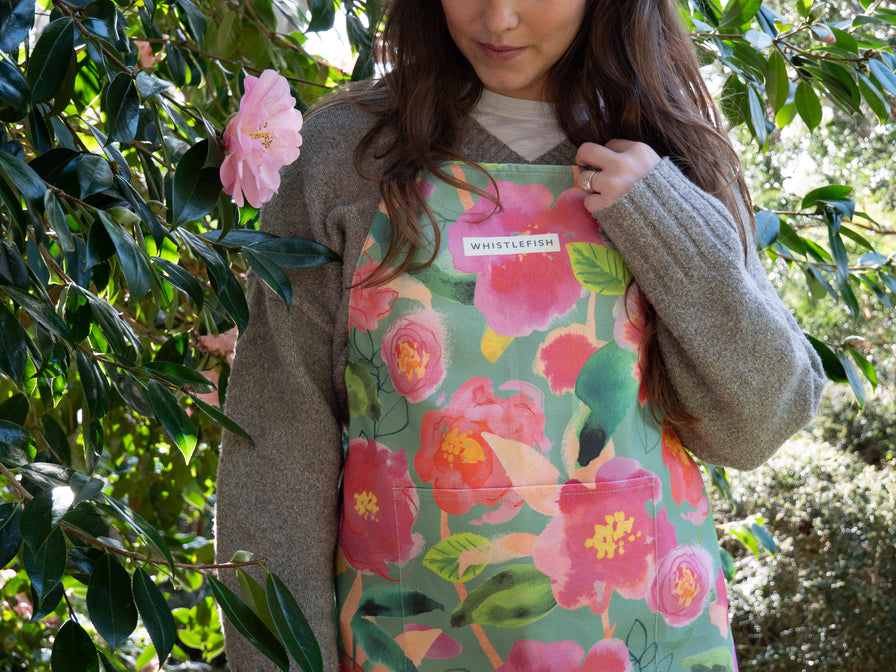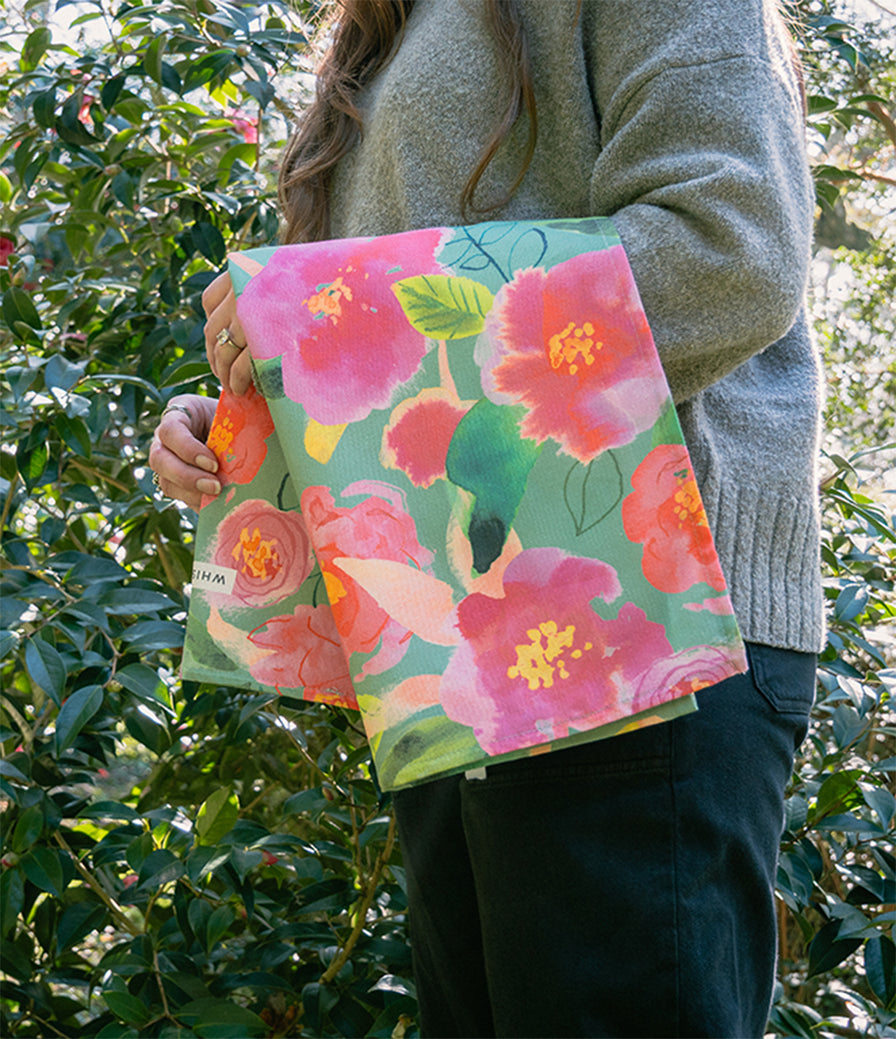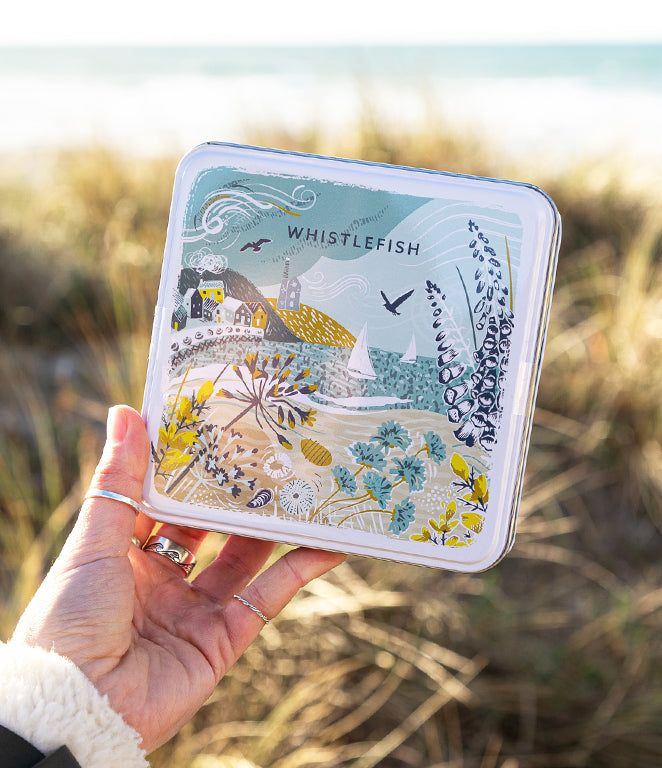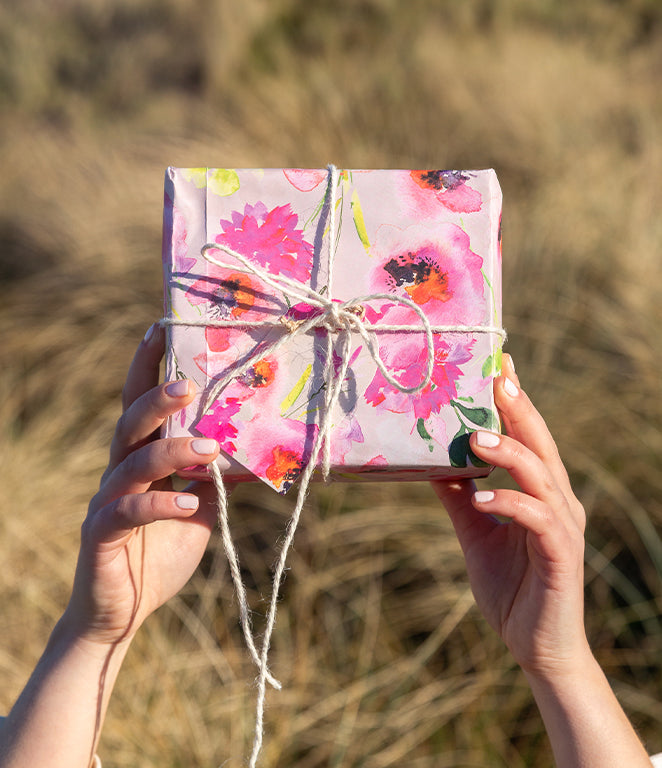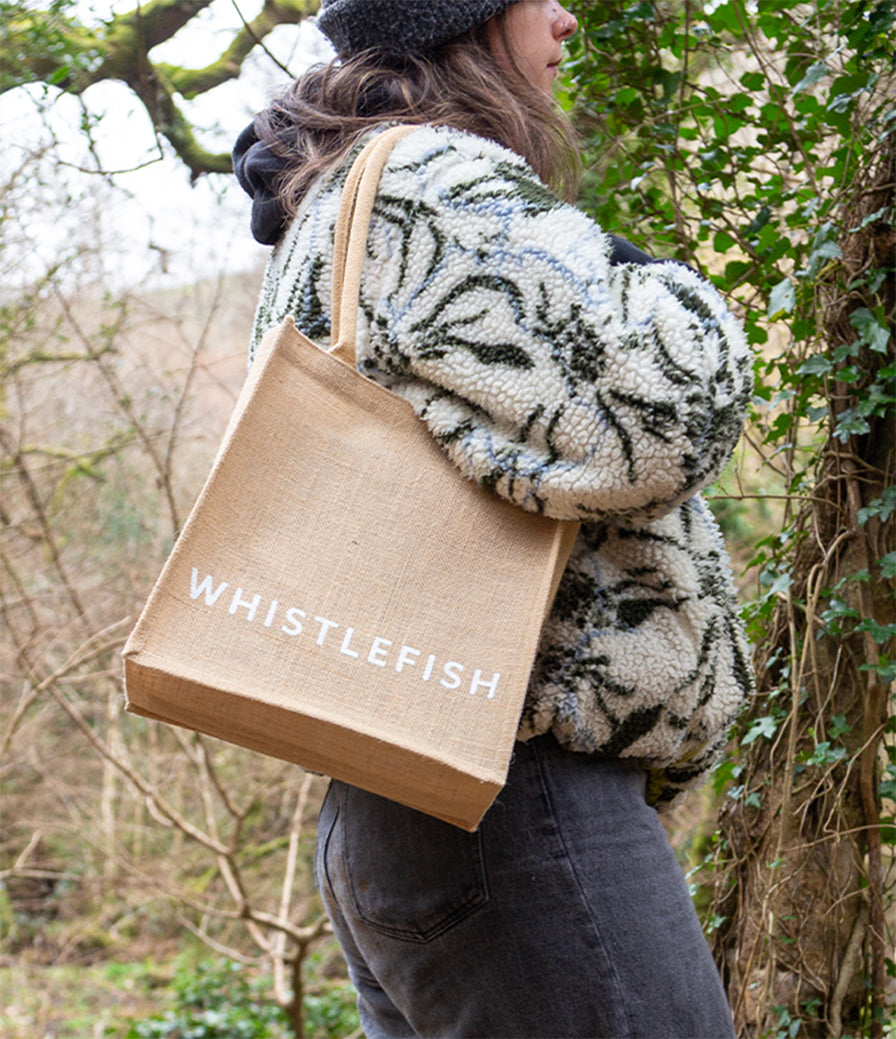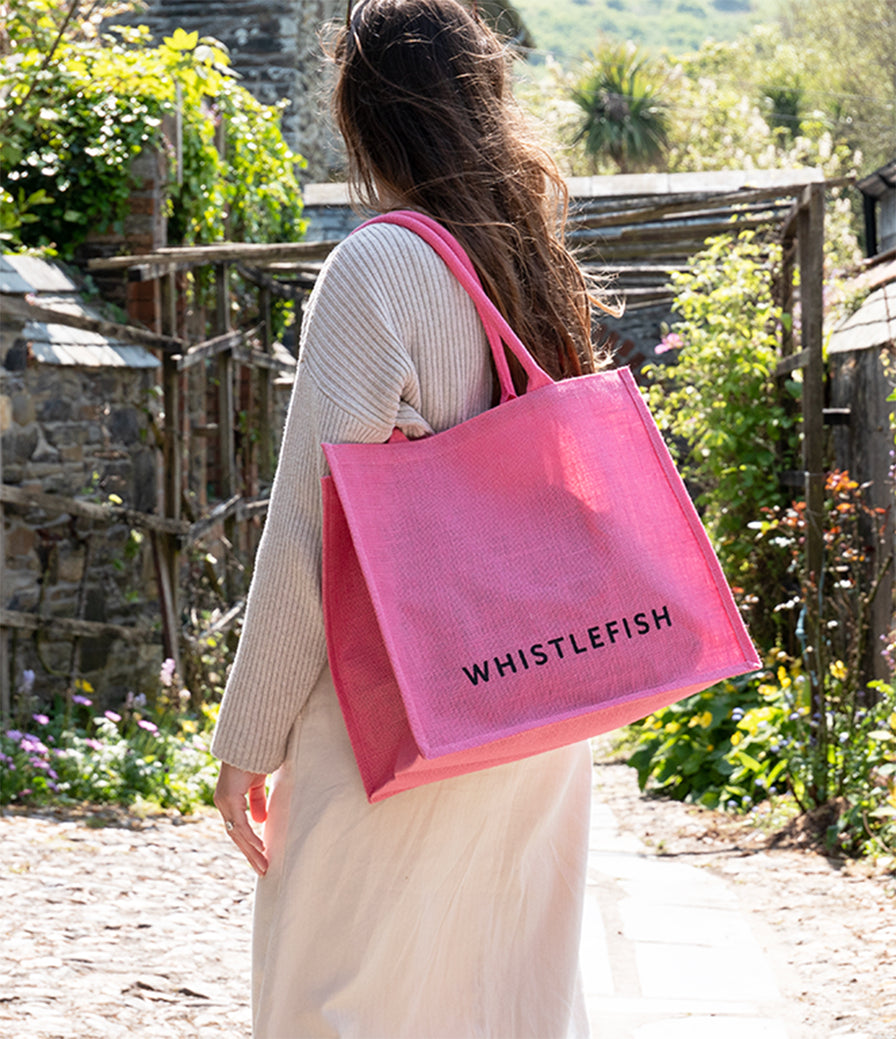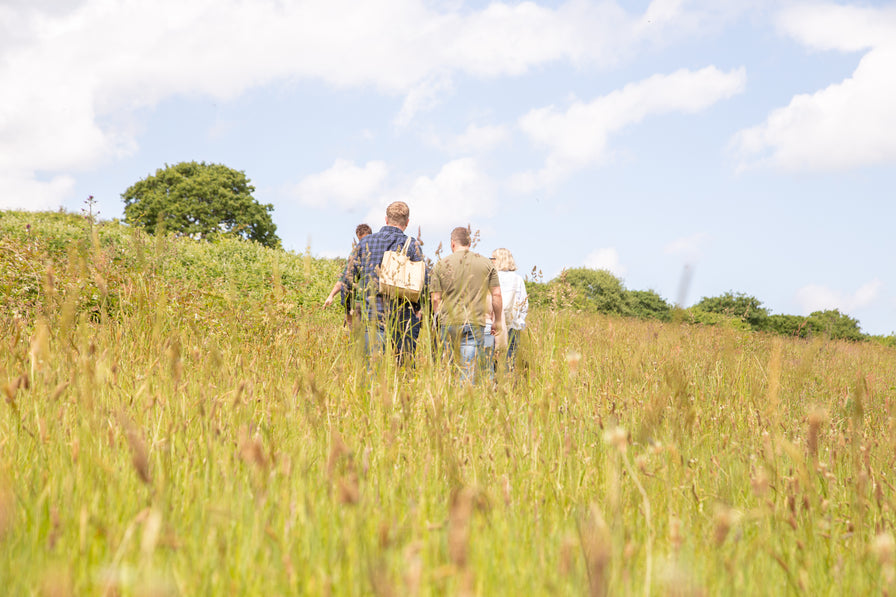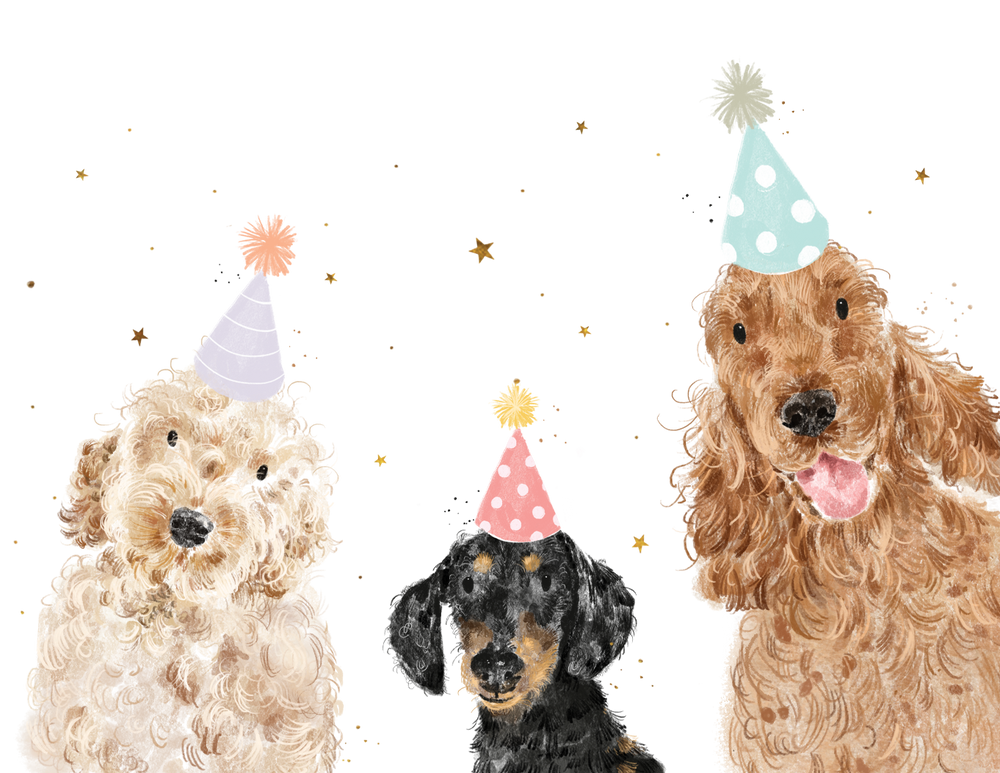Preserving the Legacy: The Decline of Heavy Horses as a Breed and Why It Matters
History of heavy horses
For centuries horses have been our loyal companions, along with dogs they are one of the most domesticated animals humans have relationships with. Humans build strong connections to their horses, horses in turn are extraordinarily empathic to their owner's emotions. Horses have been known to lick their owner when they've been injured and nuzzle them if they're sad or distressed.

Heavy horses were extensively used in the early 20th century as workhorses. The giant breeds such as Shires would be used to plough farmers' fields, and Clydesdales are remembered hauling coal trailers through the streets of Aberdeen. Before the days of motor transportation heavy horses were a necessity for most businesses up and down the country. Their easygoing temperament made them the perfect labourer.
What is unique about heavy horses?
Although Heavy horses such as Clydesdale are much more prominent in size than 'Light Breeds' such as racehorses, their temperament is much calmer and they are more docile. This means they make perfect riding horses and are the perfect horse to break in for dressage.

Different types of Heavy Horses
The Shire Horse
Shop Shire Horse Birthday Card (£2.00) >
The Shire Horse was named after all the shires throughout the countryside. Famous for their height and strength with lots of muscle, large hooves and feathers on their legs. They are well known for their calm and gentle nature and are eager to please.
They are a descendant of The Great Horse and have been used as a workhorse; a horse to carry the warriors into battle wearing 400 lbs of armour! They became the farmers’ plough and workhorse - after being famous as the war horse - but became less popular with the invention of the combustion engine when their numbers decreased very quickly. This now sees this magnificent breed on the endangered species list.
They can weigh between 1800 lbs to 2400 lbs standing from 16.2 hh to 18.3 hh.
A slight Roman nose is their main characteristic.
Their role today is a promotional tool for a few breweries, a barge horse in Tiverton on the canal, wedding carriages, logging in sensitive areas and more now than ever, a riding horse for gentle hacking.
The Percheron

The Percheron was bred as a cavalry horse in the 1800s. The national breeding farm ‘Le Pin’ still breeds Percherons today. The breed was exported all over the world and the Percheron became a popular heavy horse breed for working.
The Percheron stands between 17hh to 19hh, weighing between 800kg - 1250kg. They are normally black or grey but can be chestnut, roan or Sorrell. The French-bred are born black but as they get older they gradually turn grey. The breed standard allows a bit of white but too much is frowned on.
They are generally good, healthy horses with clean legs, very muscular and their mane and tail hair is very thick. They tend to be a bit more lively than other heavy horse breeds but are prized for their power, intelligence, and eagerness to learn and please their master. Their stamina is famous - covering up to 40 miles a day at a trot.
Once a war horse, then a workhorse, now and in the future a useful driving horse and as a fun, safe, riding horse.
The North American Belgian Draft

David Mouland with his Belgian Draught Horses
The history behind this American-bred draft horse derives from Ardennes, Brabant and Flemish stock that was imported from Belgium in the late 19th century. The Breed Association, The American Association Of Importers and The Breeders Of Belgian Draft Horses were founded in 1887. Imports were stopped during World War I and the last shipment from Europe was made at the start of World War II. Since the 1920s they have bred a taller and lighter-bodied horse than the original European stock.
 Shop Belgian Draught Horse Card (£2.00) >
Shop Belgian Draught Horse Card (£2.00) >
The North American Belgian is a large heavy horse. The breed record is a Gelding, born in 2001. Big Jake was recorded as the tallest living horse standing at 20.23/4 (82.75 inches) and he weighed 1200 kg (2600 lbs).
They are usually light chestnut with a flaxen mane and tail but can be bay, black, grey, red bay or roan. The head is relatively small and well-shaped compared to other heavy breeds. They are still used traditionally by the Amish community on farms, horse pulling and showing, where they are a true spectacle with their size, presence and great action. They are now the most widely bred draft horse in the USA.
The team you see today are all imported & privately owned.
The Suffolk Punch

Pictured Katy Barr with her prize-winning Suffolk Punch
The Suffolk horse is sadly one of the most endangered of the heavy horse breeds with only 75 females in the UK and 300 worldwide. With females playing such an important role, this breed is now classed as critical.
The Suffolk can be traced back to a stallion called Crisps Horse that was foaled in 1768 - it was 100 years later that The Suffolk Punch Horse Society was formed.
They are always Chestnut in colour - which can vary in shade - with white marking at a minimum. They stand at between 16hh-17.2hh; a much shorter and more compact horse, weighing between 900kg - 1000kg.
Shop Suffolk Punch Horse Birthday Card (£2.00) >
These horses were used on the farms and proved their worth in the plough fields with their gentle nature, being eager to please and happy to work all day. A Suffolk Horse and his ploughman would walk 10 miles to plough just one acre of ground!
Nowadays, the Suffolks are being used as a promotional tool for breweries and an army of enthusiasts - including the Princess Royal - are showing support for these amazing heavy horses.
As with all the heavy horses, wartime and the invention of the combustion engine saw the start of their decline, leaving the breed hanging in the balance today.
The Clydesdale

Clydesdale horse pulling cart photo by Alyssa Smolen
A Clydesdale horse normally stands at 17hh-18hh with a well-muscled body and a bright and friendly face, attached to a well-muscled neck. They have an abundance of feathers between the knee and the hoof which should be silky and free-flowing, this stands out with their unique flowing action at both walk and trot. Their colouring is mostly bay and brown but Black Roans and chestnuts are seen occasionally with a blaze and white feathers.
The breed dates to the start of the mid-18th century when the native horses of Lanarkshire (formally known as Clydesdale, hence the name) were graded up with the introduction of the Flemish Stallions brought over from Europe. This was the beginning of the horses we know and love today. 
Shop Clydesdale Horse Birthday Card (£2.00) >
At their peak, numbers were in excess of 135,000 but – as with the other heavy breeds – they were used in wars where their numbers were depleted. The few that were left were used as working horses throughout the land in agriculture, as cart- horses in towns and cities and also pulling trams. The introduction of the combustion engine saw their numbers dwindle even more, eventually putting them onto the endangered species list leaving the few very passionate breeders and owners to keep the breed alive.
Today they are used by a few companies for promotional work. There are a growing number of owners learning the skill of driving – where these horses excel – with their presence in a ladies’ cart and of course a stunning riding horse for a gentle hacking out or trained up to do professional dressage – again a credit to their flare and movement. The Clydesdale breed continues in the right direction with just 250 foals per year, alongside the revival of logging horses required for sensitive areas and of course the popularity of owning one of Scotland’s best-bred successes, the Clydesdale Horse.

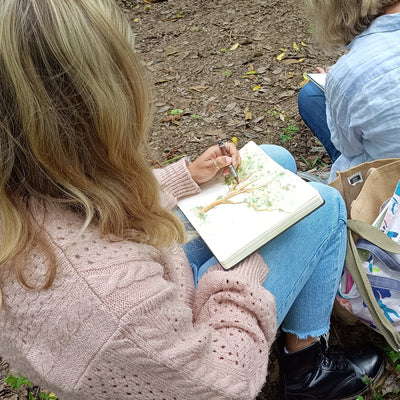
Whistlefsh Journal
All blogs are created by our wonderful in-house team.
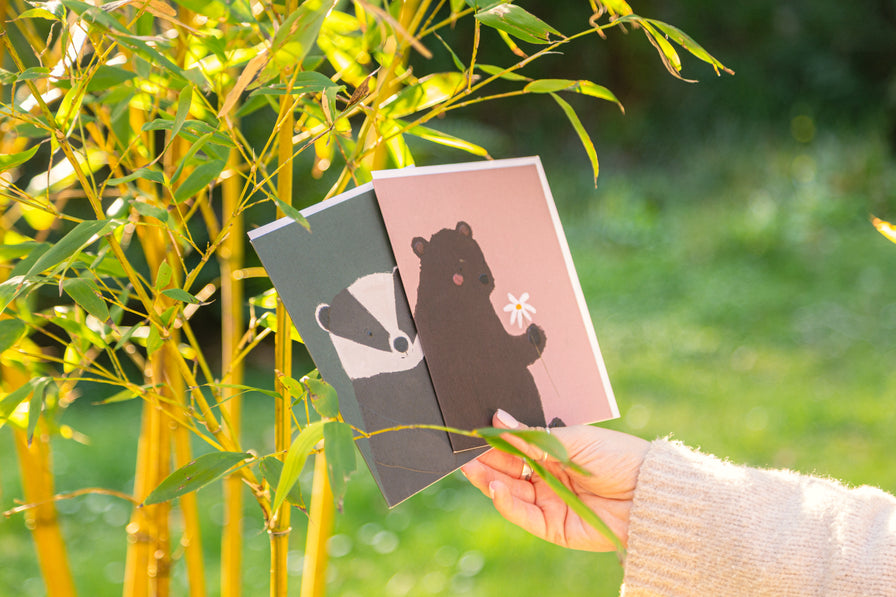
Our Offers
Discover
